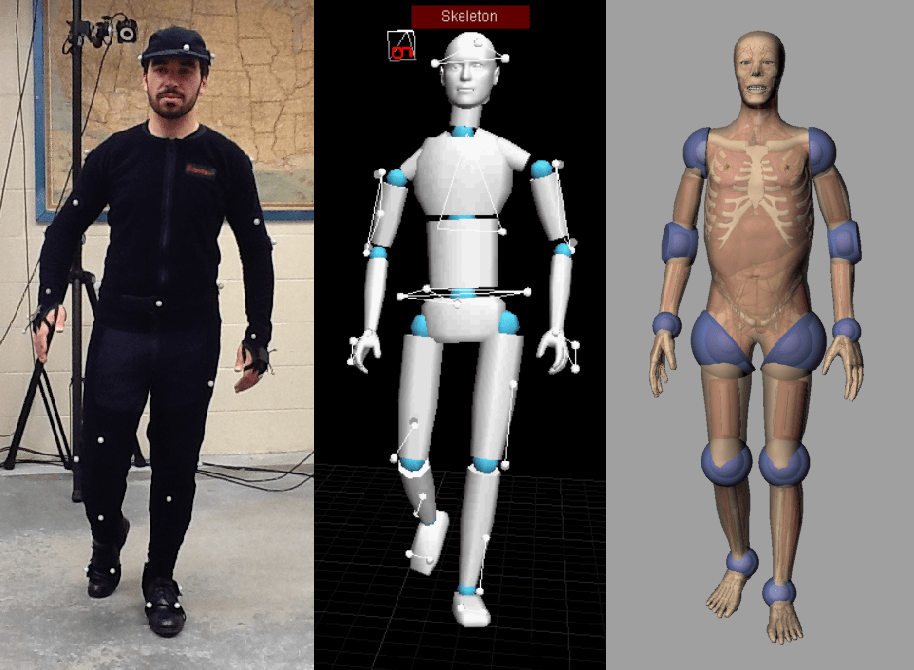The evolution of video game animation has improved the visual appeal of games over the years. Pixel art animation was the first form of animation used in video games, followed by hand-drawn and 3D animation. The latest form is motion capture, which involves capturing the movement of actors and applying it to 3D models to create realistic movement. The future of video game animation lies in AI-generated animation, which could lead to more interactive and immersive gameplay experiences. As technology advances, the possibilities for video game developers to create engaging experiences for players will continue to increase.
The Evolution of Video Game Animation: From Pixel Art to Motion Capture
Introduction
Video games are a medium that has garnered a massive audience over the years. The visuals of video games have been of the most significant aspects that have attracted players to the medium. The evolution of video game animation has played a crucial role in improving the visual appeal of games. Video game animation has come a long way since its inception in the late 1970s. This article will highlight the various stages of video game animation from pixel art to motion capture.
Pixel Art Animation
Pixel art animation was the first form of animation used in video games. The animations were created using pixels that were arranged in a certain way to create movement. Games like Space Invaders, Pac-Man, and Donkey Kong used pixel art animation. The animations were not smooth and were limited by the number of pixels available. Pixel art animation persisted to the late 1990s and early 2000s.
Hand Drawn Animation
Hand-drawn animation was the next step in video game animation. In hand-drawn animation, the artists drew each frame of animation by hand. The frames were then scanned into a computer and animated using software. Hand-drawn animation gave video games a more fluid and expressive look. Games like Street Fighter and Mortal Kombat used hand-drawn animation.
3D Animation
3D animation was a significant step in video game animation. 3D animation allowed video game developers to create fully-realized characters and environments. 3D animation began in the mid-1990s and was used in games like Super Mario 64 and Tomb Raider. 3D animation allowed for more complex movement, such as jumping, climbing, and running.
Motion Capture
Motion capture is the latest form of animation used in video games. Motion capture involves using cameras to capture the movement of actors. The captured movement is then applied to a 3D model of the character, creating realistic movement. The use of motion capture in video games began in the early 2000s and has been used in games like Grand Theft Auto V and The Last of Us Part II.
The Future of Video Game Animation
Video game animation will continue to evolve as technology advances. One potential future of video game animation is AI-generated animation. AI-generated animation would mean that video game characters could create animations on their own without requiring artists to animate each movement. This would be a significant step forward in video game animation and could lead to more interactive and immersive gameplay experiences.
Conclusion
Video game animation has come a long way from pixel art animation to motion capture. Each stage of animation has brought with it unique challenges and opportunities. The future of video game animation is bright, and there are infinite possibilities in terms of new technologies and techniques that could be employed. As video game animation evolves, so do the possibilities for video game developers to create immersive and engaging experiences for players.
